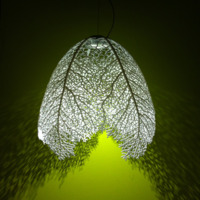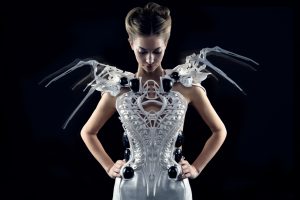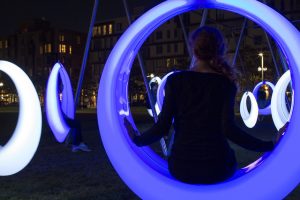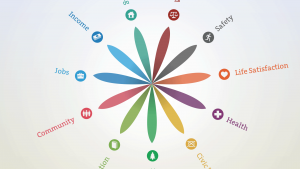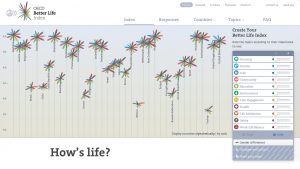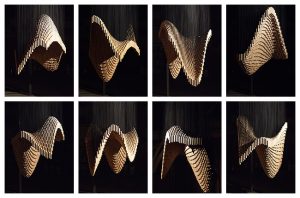http://thesystemis.com/
Zach Lieberman is a new media artist, researcher, and a computer programmer. In the past, Liberman has worked and launched a variety of projects such as ‘Opneframeworks’, a c++ library for creative coding. He also worked on the Eyewriter project, an opensource hardware and a software that allows people to draw with their eyes (the project that inspired assignment 08 – A). As an artist, Liberman also works with performance and installation art using buildings and also teaches at Parsons School of Design. An interesting fact about his resume was that he has collaborated with Golan Levin, an artist/programmer whom I personally admire. A common topic that shapes Lieberman’s body of work is the mapping of movement and the human body, as can be seen in the first project he showed in the presentation. Lieberman also applied the mapping software into collaborative works with Nike, Golan Levin, Olympic coordinators, and musicians. Although Lieberman stated during the presentation that he struggled with operating the music video project, I thought the project was very admiring. As a student aspiring to work in the fields of cinematography, it was interesting to watch coding merging into a motion picture. Lieberman also talked about how his open source programs – Openframeworks and Eyewriter – are being used as foundations for new software made by students and programmers. Overall, Lieberman’s presentation was very intriguing since he showed various demonstrations of his projects during instead of showing a documentation of his work. I think this method worked effectively in communicating with the viewers due to the nature of his works.
![[OLD FALL 2018] 15-104 • Introduction to Computing for Creative Practice](../../../../wp-content/uploads/2020/08/stop-banner.png)
